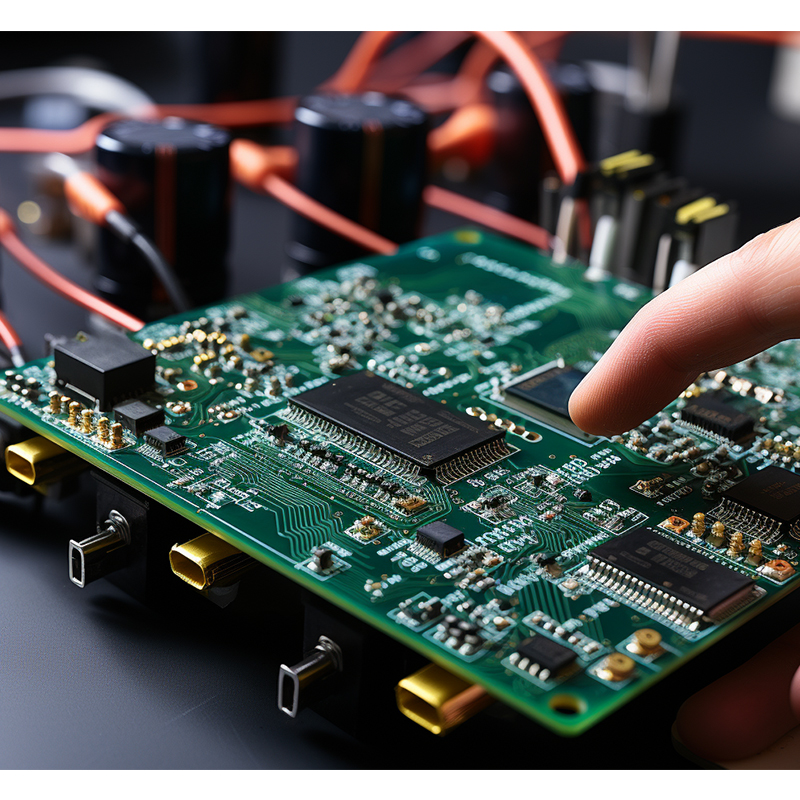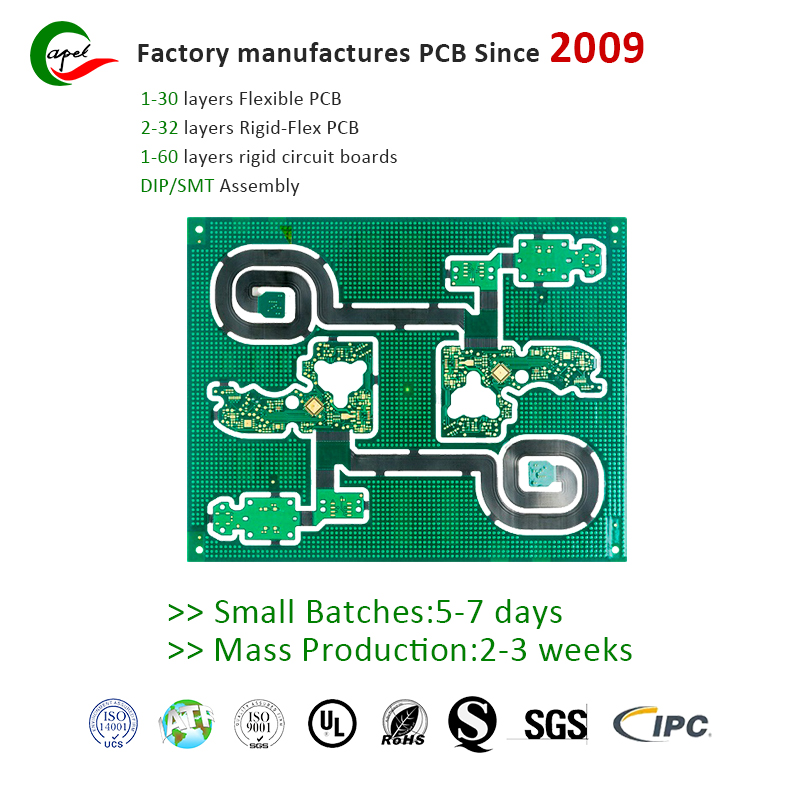In this blog post, we will explore the answer to this question and discuss the advantages and disadvantages of using rigid-flex
PCBs in HDI applications.
When designing electronic devices, especially those with high-density interconnect (HDI), selecting the correct printed circuit board (PCB) is critical. HDI technology allows electronic devices to become smaller, more compact, and have more functionality. But can rigid-flex PCBs be used in high-density interconnect applications?
Before we get into the details, let’s first understand what a rigid-flex board is. Rigid-flex PCB is a hybrid structure that combines the characteristics of rigid and flexible PCBs. These PCBs are composed of multiple layers of rigid materials connected by flexible layers, creating versatile and powerful solutions for electronic designs.
Now, let’s address the main question: Can rigid-flex PCBs be used in high-density interconnect applications? The answer is yes!
Rigid-flex PCBs are an excellent choice for HDI applications due to the following factors:
1. Space-saving design: Rigid-flex PCBs can be designed to fit into small and compact devices, making them ideal for high-density interconnect applications. By eliminating the need for connectors and wires, rigid-flex PCBs can significantly reduce the overall size of the device.
2. Improve reliability: The combination of rigid and flexible materials in rigid-flex PCB enhances the overall reliability and durability of the circuit board. The reduction of mechanical stress and vibration improves the performance of the interconnect and extends the service life of the equipment.
3. Design flexibility: Compared with traditional rigid PCB, rigid-flexible PCB provides greater design flexibility. The ability to bend and conform to the shape of the device allows for more creative and optimized layouts that improve signal integrity and reduce electromagnetic interference.
Despite their many advantages, there are some considerations to keep in mind when using rigid-flex PCBs for high-density
interconnect applications:
1. Cost: Due to the complexity of the manufacturing process, rigid-flex boards tend to be more expensive than traditional rigid PCBs. However, the benefits they offer in terms of space savings and reliability often outweigh the higher cost.
2. Design complexity: Rigid-flexible PCB requires careful consideration during the design stage. The combination of rigid and flexible materials creates additional challenges, such as routing cables across the flex sections and ensuring proper bending and folding without damaging the interconnects.
3. Manufacturing expertise: The manufacturing process of rigid-flex boards requires specialized equipment and expertise. Choosing an experienced and reliable PCB manufacturer is crucial to ensuring a high-quality end product.
In summary, rigid-flex PCBs can be effectively used in high-density interconnect (HDI) applications. Its space-saving design, increased reliability and flexibility make it a suitable choice for electronic devices that require a small form factor and optimal performance. However, higher costs and design and manufacturing complexity must be considered. By carefully weighing the pros and cons, you can make an informed decision when selecting a PCB for your HDI application.
If you are considering using rigid-flex PCBs for high-density interconnect applications, it is recommended to consult a reputable PCB manufacturer with extensive experience in designing and manufacturing rigid-flex PCBs. Their expertise will ensure that your design meets all necessary requirements and produces a reliable, efficient end product. So, keep exploring the endless possibilities that rigid-flex PCBs offer for HDI applications!
Post time: Sep-20-2023
Back








